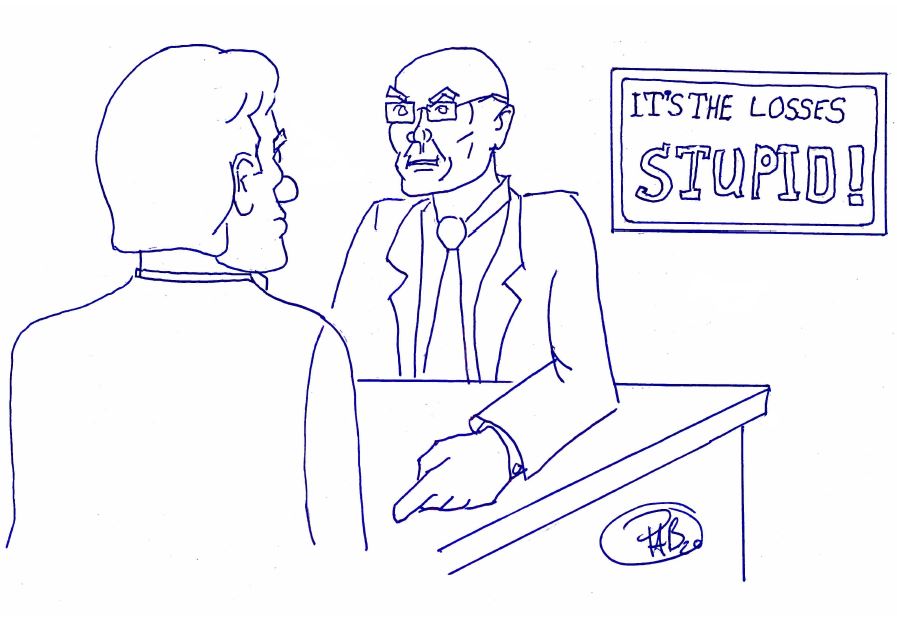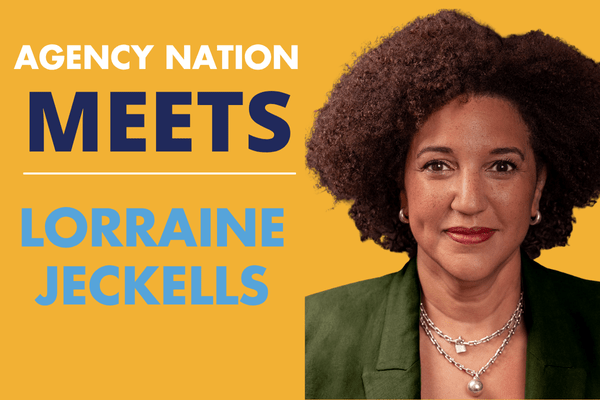Student of Industry: 3 Lessons from Cyber Loss Ratios and Averages

By: Paul Buse
Cyber insurance is now a significant line of business. But how significant is it? What do the numbers tell us?
The basic story is that cyber is hot, and top-line revenue averages 25% over the past five years. Cyber, as a niche market, is now about half as large as the directors & officers market. Perhaps it is not a surprise the growth rate is high, but the comparison to D&O is impressive after such a short period of time.
What is even more surprising, however, is the loss ratio. The loss ratio shown in the chart below is the incurred loss ratio, averaged over five years for all commercial cyber premiums with domestically domiciled insurers. This is the loss ratio that includes losses and defense costs paid, but also includes estimates of losses yet to be paid—aka: loss reserves. As you can see it averages 39% of premiums.
 Where does this information come from? The data is part of the annual filing required of USA-based insurers by their state regulators. The National Association of Insurance Commissioners adopted a Cybersecurity Insurance and Identity Theft Coverage Supplement for the 2015 property-casualty annual financial statement. 2019 marked the fifth year of that data being gathered, and we pulled that data for you.
Where does this information come from? The data is part of the annual filing required of USA-based insurers by their state regulators. The National Association of Insurance Commissioners adopted a Cybersecurity Insurance and Identity Theft Coverage Supplement for the 2015 property-casualty annual financial statement. 2019 marked the fifth year of that data being gathered, and we pulled that data for you.
What else does the cyber supplement tell us? Here are three key findings:
1) A relatively small number of insurers are involved in cyber. Three out of four insurers are sitting on the sidelines. Moreover, of those that write cyber, 80% of the premiums is concentrated in less than 20% of those cyber-writing insurers.
2) Cyber coverage is most often provided as part of a package policy. For every standalone policy, there are 18 businesses covered under an endorsement to their package policy. Correspondingly, there are more insurers providing coverage as endorsements instead of standalone policies. Of the 780 insurers that write cyber insurance, 501 write coverage as part of a package policy and 135 write standalone coverage.
3) The average premium highlights the difference between standalone and package coverage. Standalone commercial premiums average $7,800 per policy, while coverage under an endorsement to a package averages only $302 per policy. When written premiums in 2019 are totaled, standalone premiums are $1.2 billion and packages are $900 million.
Average claims follow premiums, with the average standalone cyber claim totaling $88,281 and the average package policy claim totaling $46,670.
What about those losses when compared to premiums? Although it may seem low, 49% is actually what one would expect. Specialty lines usually have loss ratios between 55-65%, but cyber is a new business.
If a new line with uncertain claim potential was averaging 75% loss ratios, the willing insurers of the coverage would shrink and prices would rise until a somewhat favorable loss ratio was achieved. After all, as the below cartoon shows, with low investment income generally for insurers in fixed investments like bonds and mortgages, it’s all about the loss ratio on new premium dollars.

If your question is on a risk and coverage issue, I recommend you go to Big “I” Markets and consult the experts there with the Swiss Re-backed program underwritten by the experts at the Coalition. Of course, I also recommend you heed the advice of the errors & omissions experts in Big I Advantage®, and document your file for those prospects not interested in buying coverage for cyber exposures.
Until the next installment of the Student of Industry column next month, stay curious and keep studying.
This Student of the Industry article is part of a new monthly column exclusively on IAMagazine.com. Keep an eye on Thursday’s weekly News & Views e-newsletter in July for the next off-beat take on current trends in the insurance industry.
Paul Buse is operations and strategic advisor, Big I Advantage®.










